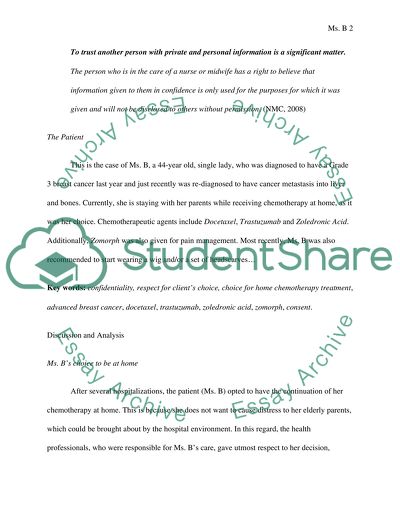Cite this document
(“Care for a Patient undergoing Chemotherapy Case Study”, n.d.)
Care for a Patient undergoing Chemotherapy Case Study. Retrieved from https://studentshare.org/health-sciences-medicine/1510137-care-for-a-patient-undergoing-chemotherapy
Care for a Patient undergoing Chemotherapy Case Study. Retrieved from https://studentshare.org/health-sciences-medicine/1510137-care-for-a-patient-undergoing-chemotherapy
(Care for a Patient Undergoing Chemotherapy Case Study)
Care for a Patient Undergoing Chemotherapy Case Study. https://studentshare.org/health-sciences-medicine/1510137-care-for-a-patient-undergoing-chemotherapy.
Care for a Patient Undergoing Chemotherapy Case Study. https://studentshare.org/health-sciences-medicine/1510137-care-for-a-patient-undergoing-chemotherapy.
“Care for a Patient Undergoing Chemotherapy Case Study”, n.d. https://studentshare.org/health-sciences-medicine/1510137-care-for-a-patient-undergoing-chemotherapy.


